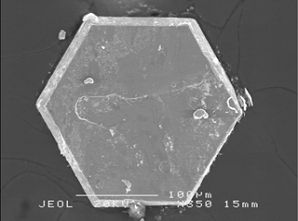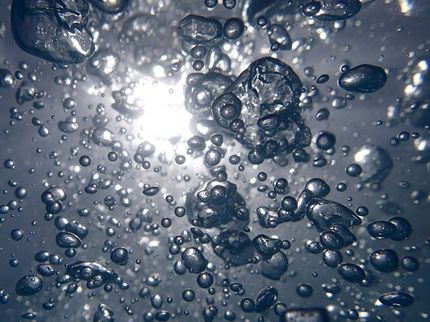Harnessing the divas of the nanoworld
Michigan Tech scientist grows nano-fields of BNNTs
boron nitride nanotubes (BNNTs) are the divas of the nanoworld. In possession of alluring properties, they are also notoriously temperamental compared to their carbon-based cousins.
On the plus side, they can withstand incredibly high heat, well over 1,100 degrees Celsius, says Yoke Khin Yap, an associate professor of physics at Michigan Technological University. "Carbon nanotubes would burn like charcoal in a barbecue at half of those temperatures," he says. And the electrical properties of BNNTs are remarkably uniform. Perfect insulators, boron nitride nanotubes could be doped with other materials to form designer semiconductors that could be used in high-powered electronics.
Unfortunately, making nanotubes from boron and nitrogen is easier said than done. "Making carbon nanotubes is simpler, like cooking," says Yap. Boron nitride nanotubes, on the other hand, have always been fussy, requiring special instrumentation, dangerous chemistry, or temperatures of over 1,500 degrees Celsius to assemble. Even at that, the products are shot through with impurities.
"We've been stuck for more than 10 years because nobody could grow them well on substrates," says Yap. "But now we can."
As it turns out, boron nitride nanotubes just needed a little encouragement. Yap and his team have grown virtual Persian carpets of the tiny fibers on a substrate made from simple catalysts, magnesium oxide, iron or nickel. And they have managed it using the same instrumentation for growing carbon nanotubes, at about 1,100 degrees Celsius. And, their quality is perfect,.the present work. "I hope this encourages more researchers to grow BNNTs using the new technique," said Yap.
The boron nitride nanotubes can be made to assemble exclusively on these catalysts, so the researchers can control precisely where they grow. "You could write 'Michigan Tech' in nanotubes," says Yap.
These transparent nanotube sheets have another interesting property: they shed water like a duck's back, a quality known as the lotus effect. "Water just slides away," he says. "Anything coated with it would not only be stain resistant, it would be protected from anything water-soluble." This superhydrophobicity holds at all pH levels, so anything coated with it would be protected from even the strongest acids and alkalies.
Most read news
Topics
Organizations
Other news from the department science

Get the chemical industry in your inbox
By submitting this form you agree that LUMITOS AG will send you the newsletter(s) selected above by email. Your data will not be passed on to third parties. Your data will be stored and processed in accordance with our data protection regulations. LUMITOS may contact you by email for the purpose of advertising or market and opinion surveys. You can revoke your consent at any time without giving reasons to LUMITOS AG, Ernst-Augustin-Str. 2, 12489 Berlin, Germany or by e-mail at revoke@lumitos.com with effect for the future. In addition, each email contains a link to unsubscribe from the corresponding newsletter.
Most read news
More news from our other portals
Last viewed contents

Artificial intelligence for better diagnostics - Standardized methods facilitate the evaluation of Raman spectra
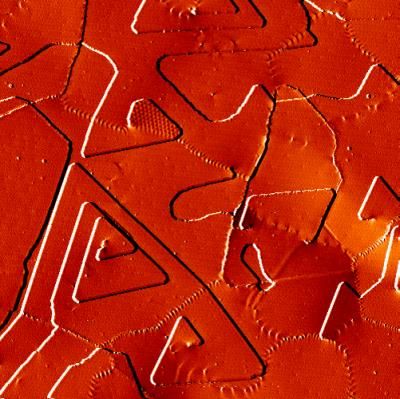
Using strain to tune a new quantum material
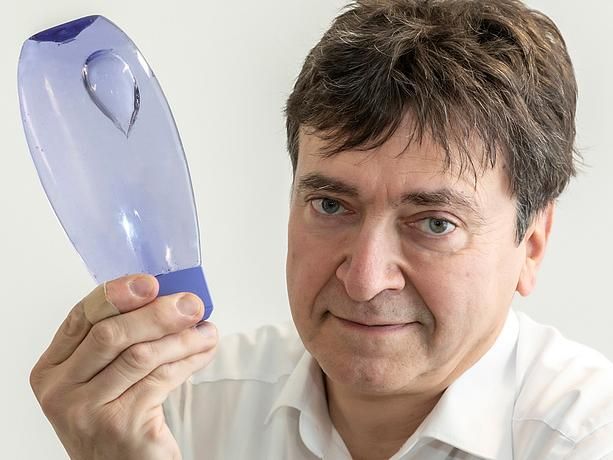
Why some bubbles move faster - Why do large gas bubbles in viscoelastic liquids rise so much faster than expected?
Deep_Heat_(Heat_rub)

Researchers overview recent progress and challenges in silicon-based anode materials for lithium-ion batteries
BOH_(psychedelic)
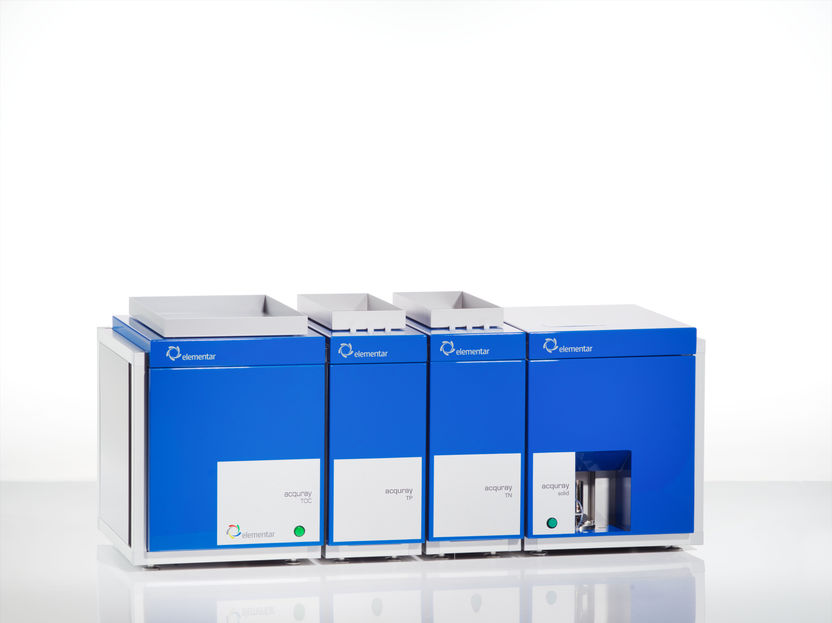
TOC & Water Analysis | TOC analysers | Elementar Analysensysteme
